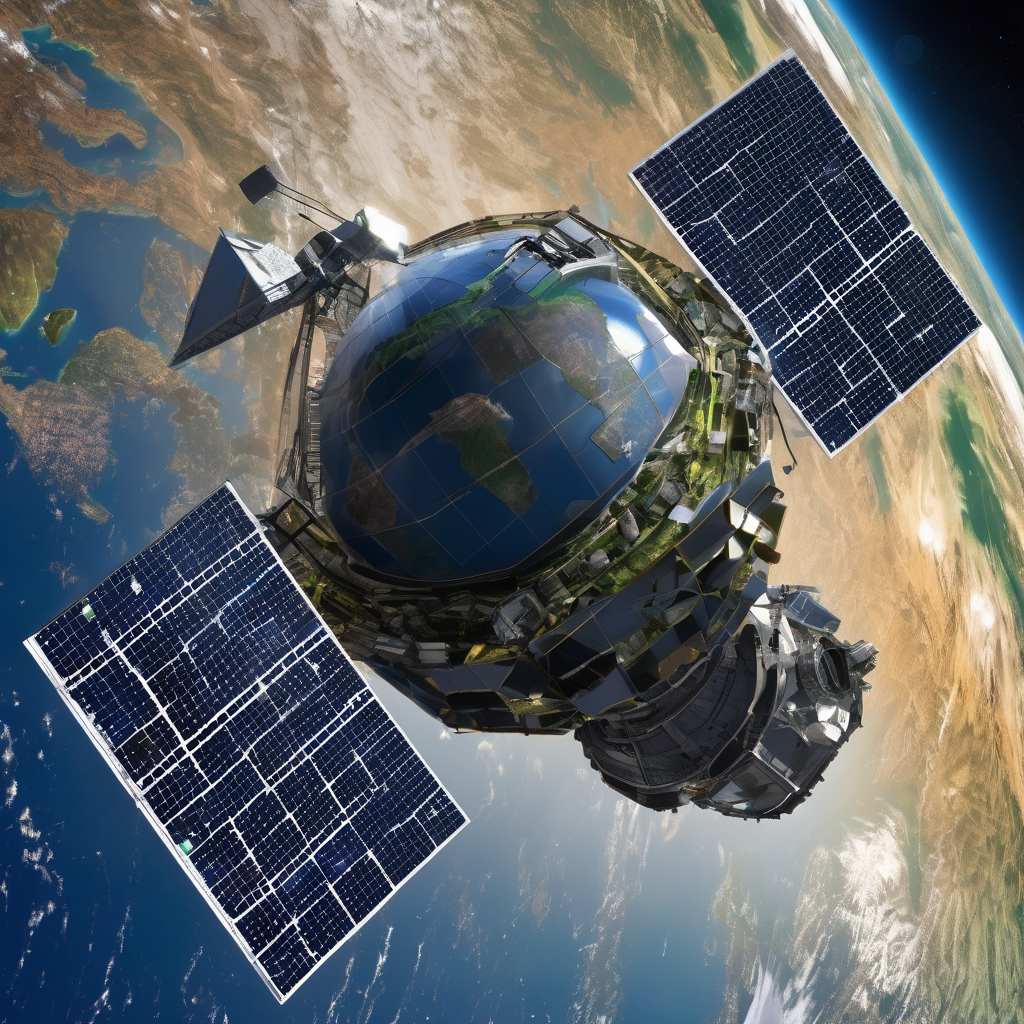AST SpaceMobile, Inc. has been grappling with challenging macroeconomic conditions that are impacting the satellite industry. Rising inflation, higher interest rates, market volatility, tariffs, and geopolitical tensions have all contributed to fluctuations in satellite material prices, escalating capital costs, and putting pressure on the company’s financial performance. The necessity to continuously adapt and enhance its network offerings and satellite data networks to meet evolving demands adds further to its operational expenses.
The competition in the satellite communication industry remains fierce, with significant players like SpaceX’s Starlink and Globalstar leading the charge. To remain competitive, AST SpaceMobile must consistently upgrade its services, which requires substantial investment in developing and launching satellite networks. The company plans to deploy 45-60 satellites by the end of 2026, which entails significant infrastructure and R&D expenditures.
Other industry competitors such as Viasat, Inc. and Iridium Communications Inc. are also feeling the financial strain from high operating costs. Iridium, with its expansive constellation of Low-Earth Orbit satellites, is investing heavily in infrastructure to support direct-to-device and personal communication services. Simultaneously, Viasat is developing its ViaSat-3 broadband communications platform, expected to provide massive bandwidth capacity and global broadband services, further highlighting the industry’s high costs and development challenges.
Despite these challenges, AST SpaceMobile’s stock price has surged 124.7% over the past year, significantly outpacing the industry’s growth of 33.7%. However, from a valuation perspective, the company trades at a pricey forward price-to-sales ratio compared to the industry average. Nonetheless, estimates for the company’s earnings in 2025 have improved in the past 60 days.
In the face of these economic pressures and competition, AST SpaceMobile’s ability to innovate and adapt remains critical. The continued investment in satellite technology and infrastructure will be essential for the company to capture a broad spectrum of U.S. subscribers, but it will need to balance these costs with the imperative of maintaining financial sustainability.
